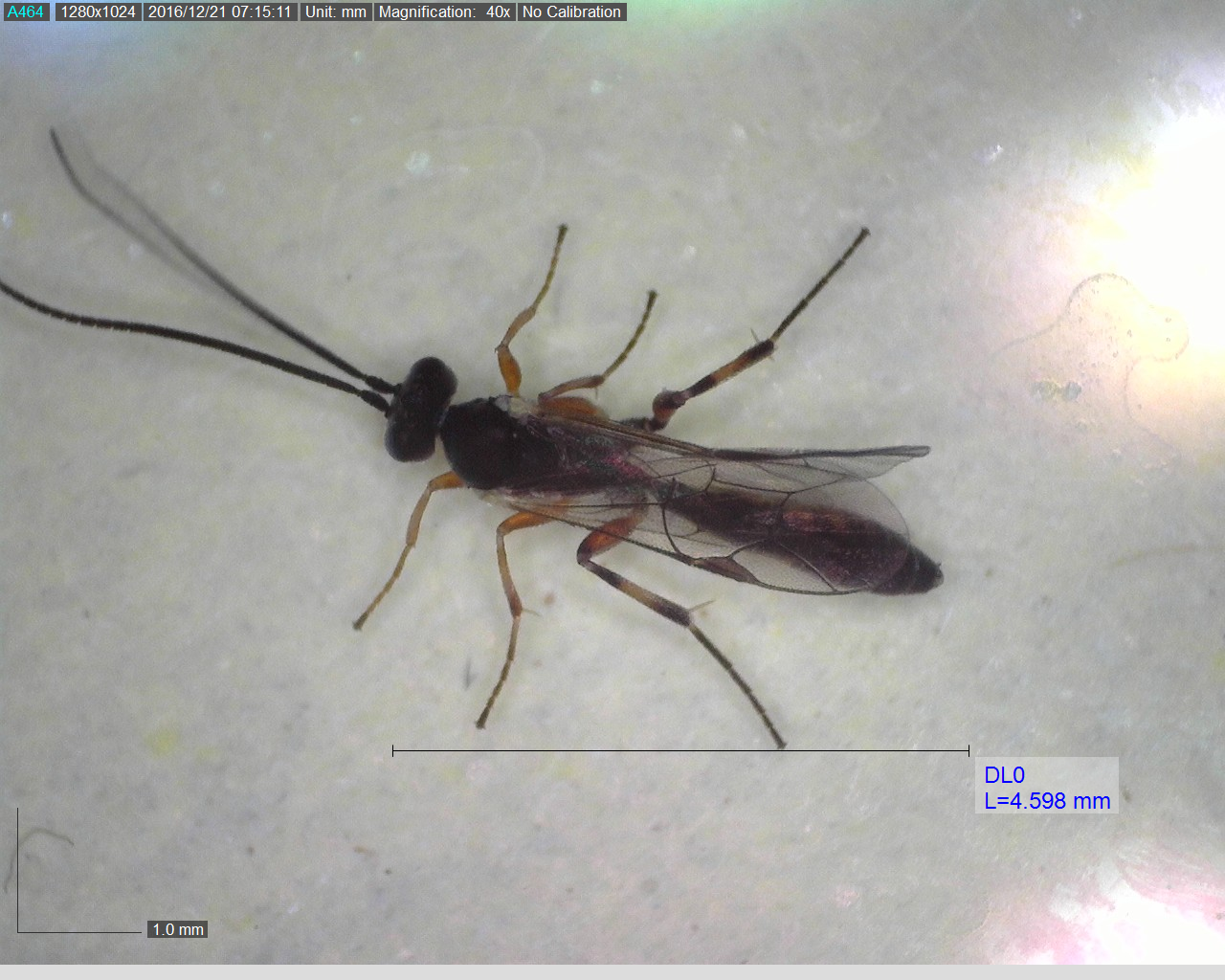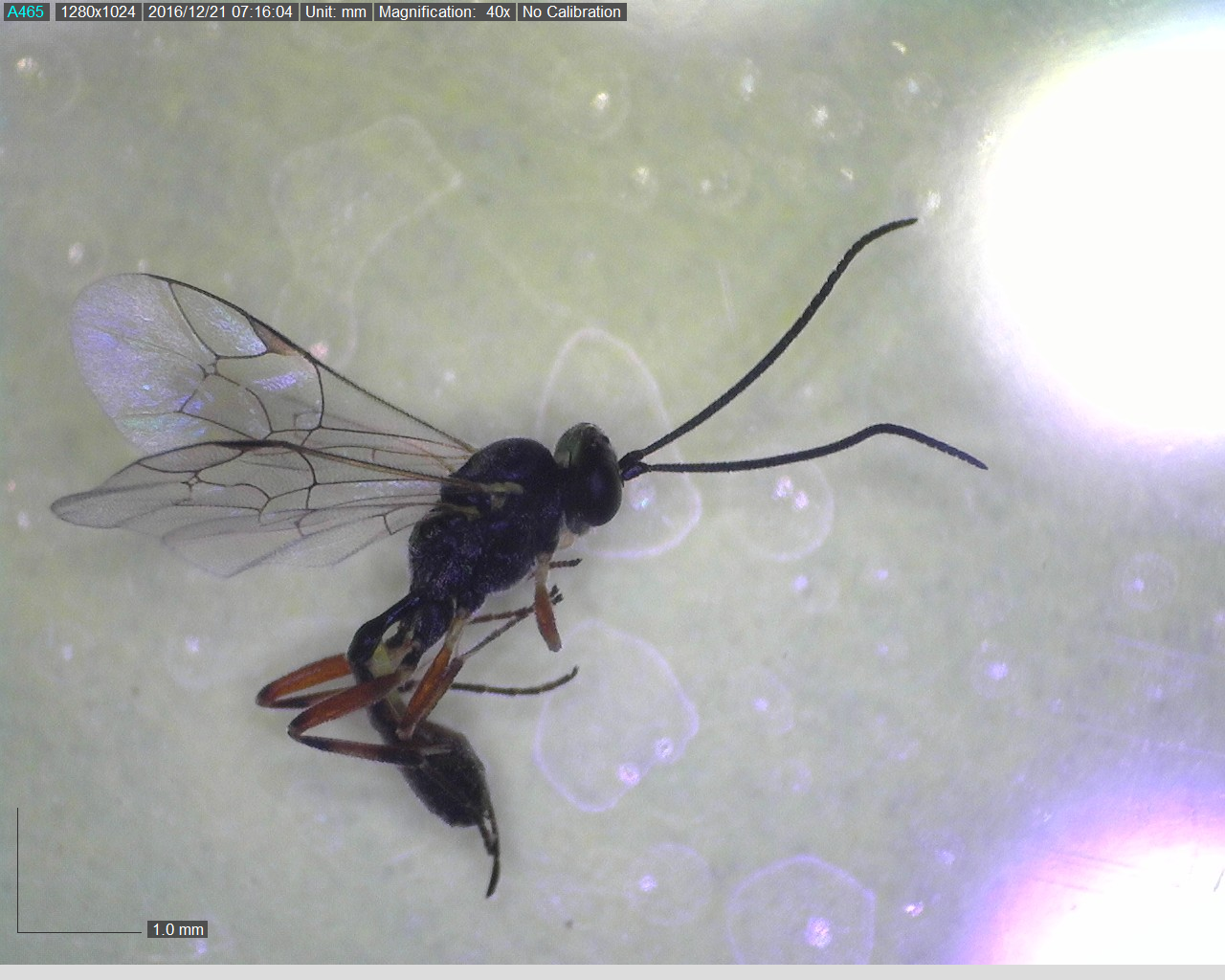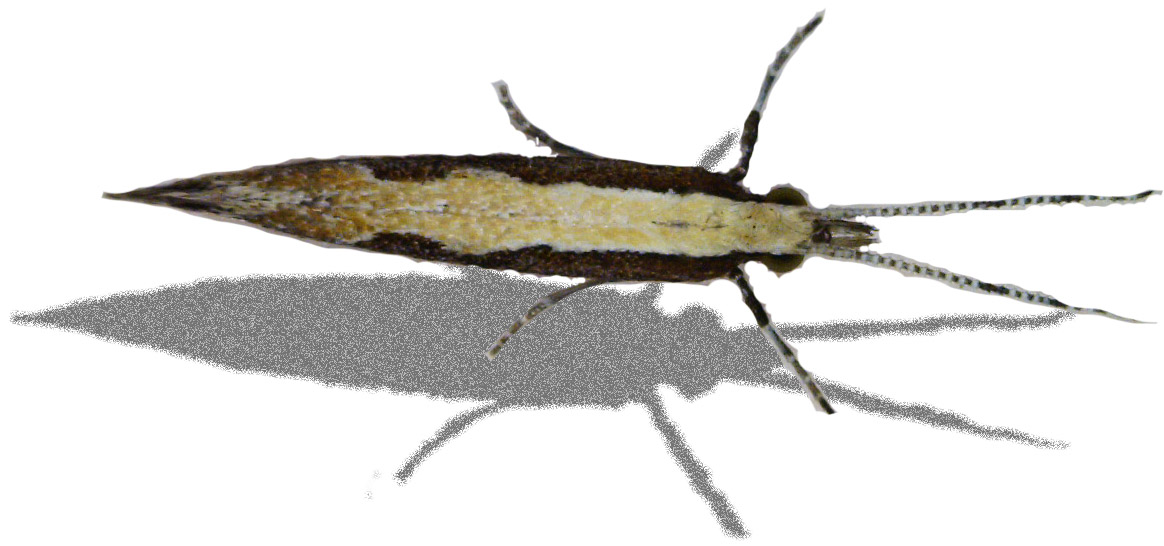
|
|
|
|

|
|||
|
|
|||
Within the past week, I have observed green peach aphids beginning to colonize untreated broccoli on the Yuma Ag Center. This is much earlier than I would have expected. I have only found 1 alate (winged adult), but found several plants with single nymphs and apterous (wingless) GPA colonies forming on the lower leaves. Similarly, winged aphid numbers spiked in our sticky traps in the North Yuma and Gila Valleys last week (see Areawide Trap Network). Normally, winged aphids begin to appear in November when days are shorter and weather patterns begin to change (cooler temperatures and winds consistently blowing out of the north and west). Under these conditions, it’s not unusual to find GPA and cabbage aphid colonizing brassicas by late Nov-early Dec. But given the cooler weather we’ve been experiencing this fall, along with numerous windy events out of the N-NW, it’s seems logical that aphids are showing up early. It’s important to remember that the key aphid pests found on winter produce do not over-summer here, but rather migrate into our cropping system from mountainous regions of southern California via wind currents during the fall. This year, this migration appears to be occurring earlier than normal. Once the aphids reach our desert valleys, they typically move from crop to crop until they find a suitable host to feed and colonize on. This, it is important that you correctly identify the aphid species found on your crops. It is not uncommon to find winged aphids on lettuce or broccoli that do not colonize on the crop. An example of these would be cabbage aphid which will colonize and infest cole crops but not lettuce, spinach or celery. Other examples would include aphids that colonize small grains (i.e., corn leaf aphid) or alfalfa (i.e., pea aphid). Because these aphid species will not colonize produce crops, it is important to be able to distinguish them from the aphids that do colonize and require management to prevent problems at harvest (i.e., green peach aphid, foxglove aphid, lettuce aphid, cabbage aphid). Proper aphid ID can also influence your choice of insecticide, but more on that in a later update. Don’t be surprised if you start finding small colonies of cowpea aphids showing up on frame leaves in lettuce. We’ve been picking up winged cowpea aphids on lettuce and broccoli for several weeks That is a common occurrence every fall. Not to worry, experience has shown us that although small cowpea aphid colonies may be found on lettuce, the populations generally stay low on the plant on the frame leaves and rarely increase to levels causing contamination issues. But you never know. So keep a close watch out for these aphids found in your crops, as our weird weather this year may be more conducive to their development than normal. Bottom Line: proper aphid identification is important; it can save a PCA time and money, and prevent unnecessary insecticide applications. If you find an unusual aphid in your produce, don’t hesitate to drop it by the Ag Center and we’ll get it identified for you. If you want to make fast and accurate IDs, you might use the attached publication Aphid Identification in Desert Produce Crops that can assist you in identifying winged and wingless (apterous) aphids important in leafy vegetables and cole crops. | |||
| Back | |||
|
For questions or comments on any of the topics please contact Marco Pena at the Yuma Agricultural Center.
|
|||
|
Home |
Cotton | Veggies |
Forages | Grains
| Citrus |
Crop x Crop Insects | Diseases| Weeds | Pesticides | Economics | News | Weather | Research | Photos | Contacts | General Info. Copyright © 2001 University of Arizona, College of Agriculture and Life Sciences Webmaster: Al Fournier (acis@ag.arizona.edu) |
|||



